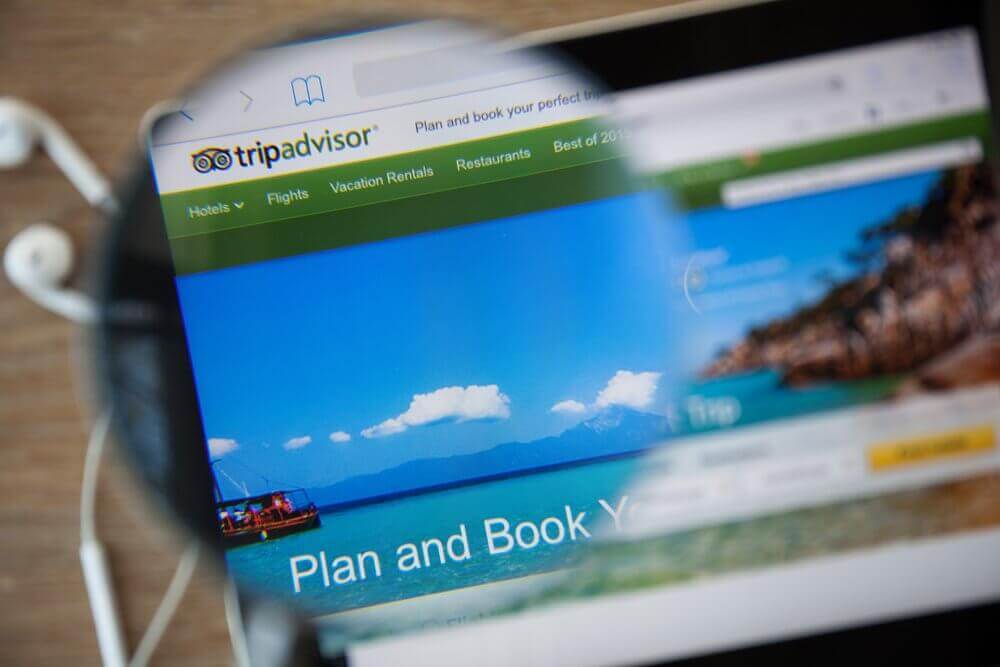
Hoteliers today use a variety of online channels—from social media platforms to online travel agencies—to market their properties and take bookings.
NB: This is an article from WebRezPro
These online channels are integral to the success of all lodging operators today, but just as you make changes at your property to stay competitive and find new revenue streams, these third-party platforms are doing the same. Distribution channels and other social sites regularly adjust their algorithms and formats. To continue finding success on these platforms, business owners must remain aware of and ready to adapt to these changes. In the past we’ve blogged about updates to Facebook, to help hoteliers keep up, and now big changes have been rolled out on another important platform: TripAdvisor. (See their press release about it here.)
What has changed?
In an attempt to bring TripAdvisor further into the realm of social media, and encourage people to use it on a more regular basis, the travel juggernaut has introduced a ‘travel feed.’ Similar to Facebook, users of the site can: create profiles; post photos and videos; and follow friends, brands, and influencers. They can create “trips” (private or public) to consolidate all the maps, itineraries, must-sees, and must-dos for a destination they are planning on (or just dreaming about) visiting. And when they first log-in, users will be met with a personalized front page showcasing posts, articles, and profiles relevant to their current travel interests.
While on a trip, TripAdvisor can send notifications to a user when they are nearby businesses or attractions that someone they follow has reviewed. If a user wants to make a booking, they can do so directly through the platform. After visiting a business, reviews (of course) can be posted directly onto the platform.
What inspired the change?
In a word: efficiency. According to CEO and co-founder Stephen Kaufer, TripAdvisor wants to make travel planning and booking simpler for its users by having everything in one place. As the majority of today’s travelers rely on consumer reviews as well as advice from friends and family when booking a trip, it just makes sense to create a space where both those sources can be accessed, saved, and referenced as needed. Combined with built-in booking, TripAdvisor is looking to be involved in the entire travel experience, before, during, and after a trip.
How will these changes affect hoteliers?
It’s difficult to say for sure how this change will impact businesses listed on the platform largely because we are still waiting to see how successful the travel feed is. However, it is likely that consistently generating reviews will be even more important than it is now. The personalized travel feeds will prioritize businesses with the most recent reviews so hoteliers should do what they can to encourage guests to post feedback.
According to Elliot Cohen, VP of Product, TripAdvisor’s new travel feed can be leveraged by businesses “to reach new customers and reach people in real time.” Just like they would do on Facebook or Instagram, businesses can post special promotions to encourage users to make a booking.
TripAdvisor is a huge player in the tourism industry. With an average of 456 million unique visitors logging on every month, it is estimated that the site influences 546 billion dollars of spending annually. That’s no small impact. So when they announce an overhaul of this magnitude, it’s a good idea to stay informed. The changes are new, so it’s hard to say just how this format will affect business in the tourism industry. Make sure to keep an eye on your analytics just in case.






